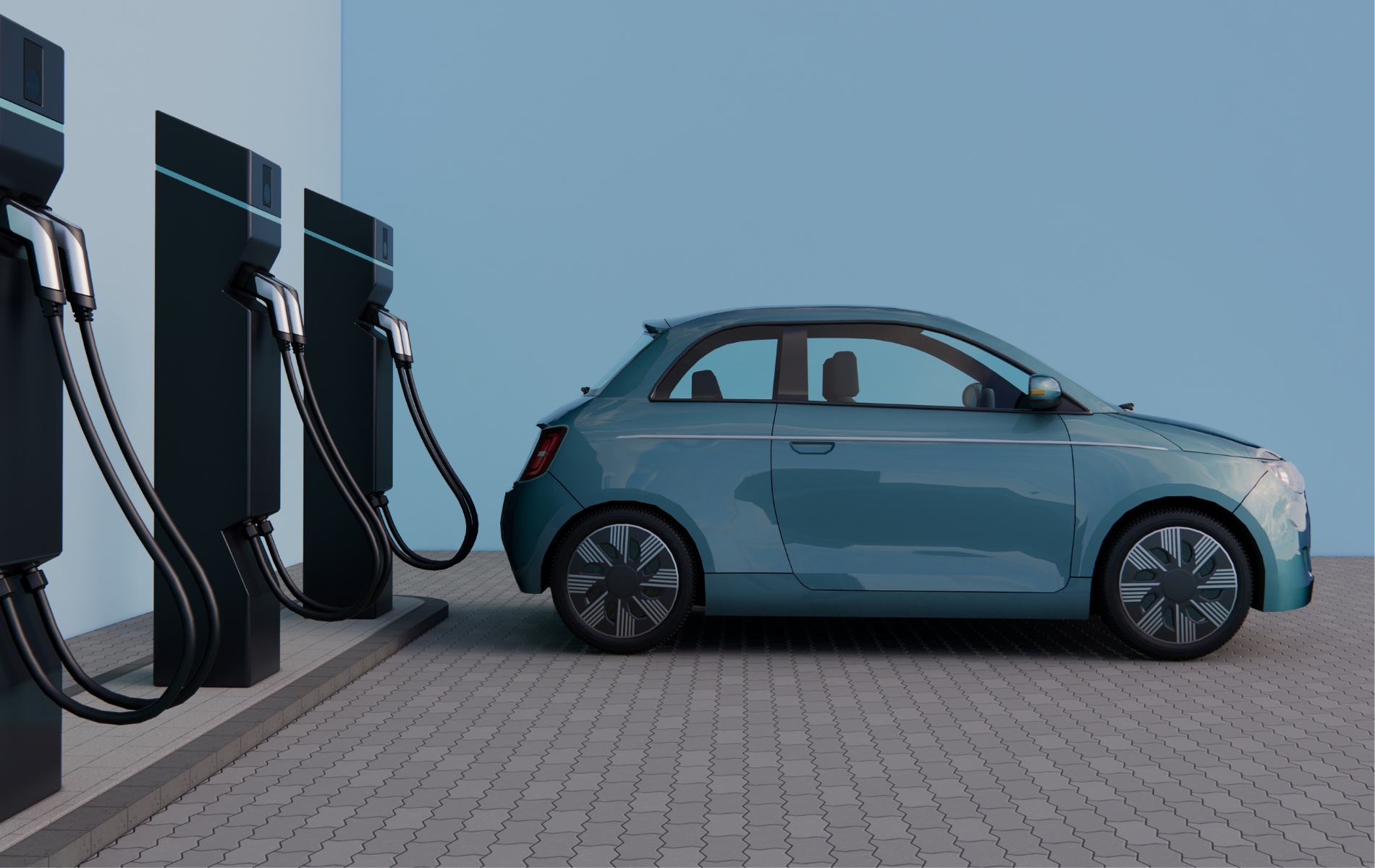
The future of e-mobility
E-mobility vehicles
Differences between e-vehicle types
A mild hybrid is a hybrid vehicle where the electric motor only performs an auxiliary function and can only drive short distances at most. The performance of Its internal combustion engine is significantly increased by smart technologies. This is made possible by a combination of systems that vary in design from manufacturer to manufacturer. Mild hybrids must be distinguished from both full hybrids and plug-in hybrids, that can also be driven as fully electric cars if wanted. The abbreviation MHEV (mild hybrid electric vehicle) has become established for mild hybrids on an international scale.
Mild hybrid technology
The electric motor supports the combustion engine, especially when driving off and during high acceleration. Simply explained, an electric motor is supplied with energy by the engine and stores it.
The core of the mild hybrid technology is the starter generator or belt starter generator. This is an electric motor that supplies energy to or replaces the alternator, for example, and also controls the 48-volt main electrical system. Each mild hybrid also has a lithium-ion battery to store energy. The energy in return is generated from existing start-stop systems or also from recuperation or brake power regeneration respectively.
A hybrid vehicle either uses the combustion engine or combines the power from the combustion engine and electric motor. This consequently reduces fuel consumption and saves energy. Moreover, the smart hybrid technology enables energy recovery in certain driving circumstances, e.g. when starting off, driving downhill, braking or stopping.
The electric motor shows its strengths especially in stop-and-go traffic.
Plug-in hybrid technology
A hybrid vehicle either uses the combustion engine or combines the power from the combustion engine and electric motor. This consequently reduces fuel consumption and saves energy. Moreover, the smart hybrid technology enables energy recovery in certain driving circumstances, e.g. when starting off, driving downhill, braking or stopping.
The electric motor shows its strengths especially in stop-and-go traffic.
A Battery Electric Vehicle is a vehicle that is powered entirely by battery electricity. Hence, it stands in contrast to other electric cars, such as Hybrid Electric Vehicles or Plug-In Hybrid Electric Vehicles. The BEV has an electric drive motor installed, which receives the required energy from a powerful battery. The battery can be charged externally at charging stations or at the wall box at home. A portion of the energy provided by the battery is generated by the vehicle itself. While braking, energy is recovered (the process of recuperation), which ensures that the battery is marginally recharged with every braking movement.
BEV technology
The motor of an electric car is driven by the electricity generated by the flow of electrons in the e-battery. The e-battery is fully charged when all the ions have reached the anode.
When driving, this process is reversed and the battery is discharged. The electron flow generates electricity and drives the motor.
A fuel cell car is a car powered by an electric motor that draws the necessary electrical energy from a fuel cell. In a hydrogen-oxygen fuel cell, the electric energy is generated by means of the chemical reaction of the two elements. While the oxygen required for the process is taken from the ambient air, the hydrogen is stored at a pressure of around 700 bar in the pressure vessels installed in the vehicle. Furthermore, fuel cell cars have a battery that can temporarily absorb the electricity for the electric drive from the fuel cell.
Questions, queries or comments?
If you’d like further information about our company, our brands or our services, please don’t hesitate to get in touch.
